Charging stations will outnumber gas stations, and batteries will be better and cheaper.
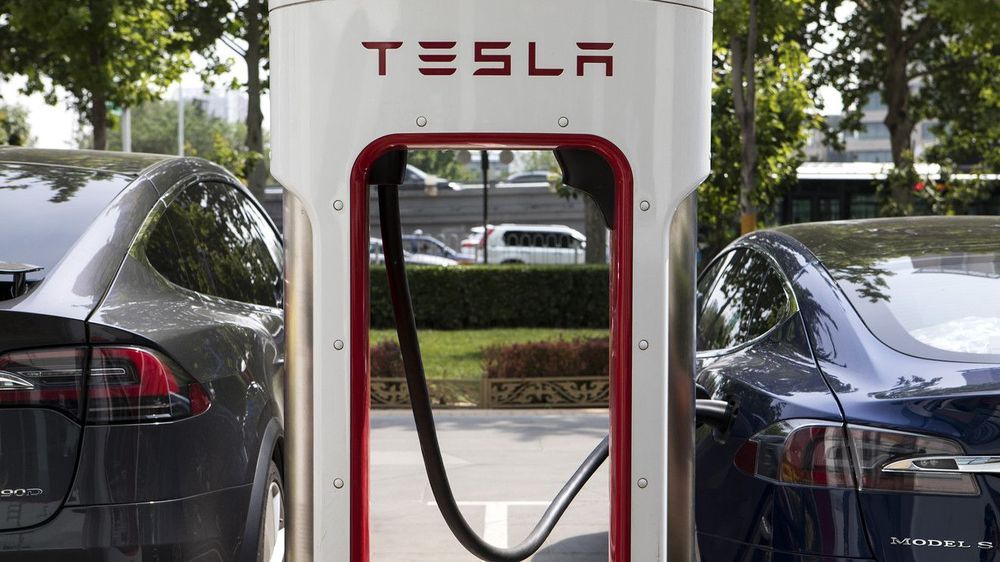

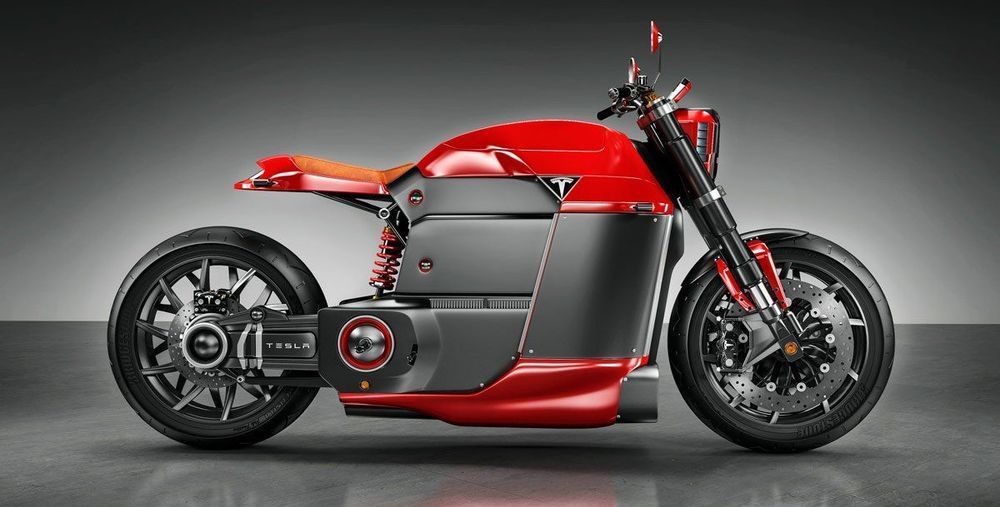
Electric motorcycle and scooter design uses two or three wheel layouts outfitted with an electric motor and battery used for long distance travel, commuting and cruising.
an electric motorcycle concept based on dyson’s bladeless fans.
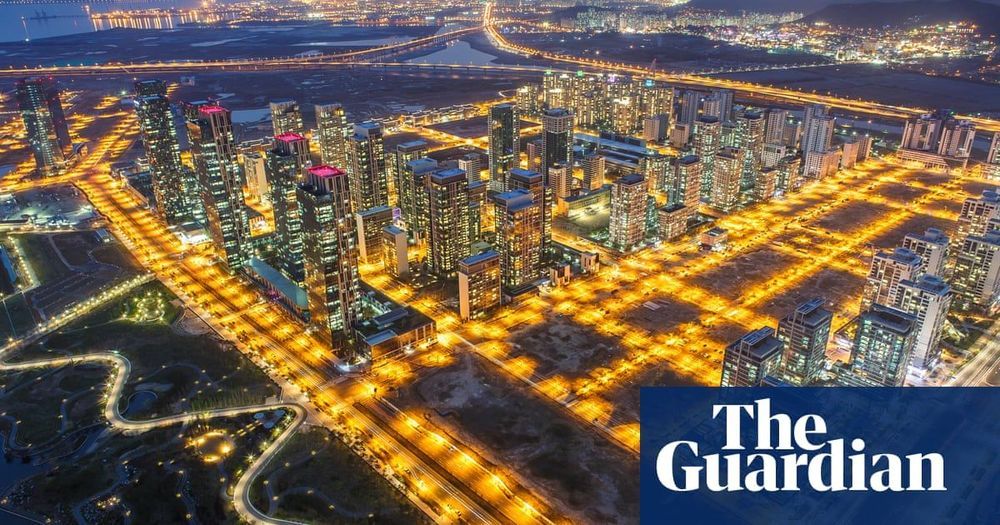
This new breed of city takes various different forms, from government initiatives, to public-private partnerships, to entirely private enterprises. Many are being used to jump-start economies in the developing world, with masterplans carefully calibrated to attract foreign investors and treasuries looking to sink their funds into something concrete. They provide a powerful means for wealthy countries to expand their strategic influence abroad, with the construction of new cities acting as a form of “debt-trap diplomacy”, tying host nations into impossibly burdensome deals. They are billed as a panacea for the world’s urban ills, solving overcrowding, congestion and pollution; yet, more often than not, they turn out to be catalysts for land dispossession, environmental degradation and social inequality.
The feature Kim enjoys most is a small touchscreen display on his kitchen wall that allows him to keep track of his and his wife’s consumption of electricity, water and gas and, most important, compare it against the average statistics for the building. Flicking between the screens of bar charts and graphs, a broad grin spreads across his face: for yet another day running, they are more energy-efficient than all their neighbours.
From their living room window at the top of one of the city’s new residential towers, a panorama of downtown Songdo unfolds. Across an eight-lane highway lies Central Park, a broad swath of trees surrounding an ornamental lake, flanked by rows of glass towers with vaguely jaunty silhouettes. Armies of identikit concrete apartment blocks march into the hazy distance beyond, terminating at a Jack Nicklaus-designed golf course. It looks a lot like many other modern Asian cities, a place of generic towers rising above a car-dominated grid. Public life is mostly confined to the air-conditioned environments of malls and private leisure clubs.
Initiated by the South Korean government in the late 1990s, when Incheon airport was being planned, Songdo represents a model that has been replicated numerous times around the world. Begun as a joint venture with US developer Gale International – which has since hawked its “city in a box” kit to other countries – the Songdo International Business District was conceived as a $40bn hub for international companies, an exemplar of sustainable urbanism and testing ground for new smart city technologies.
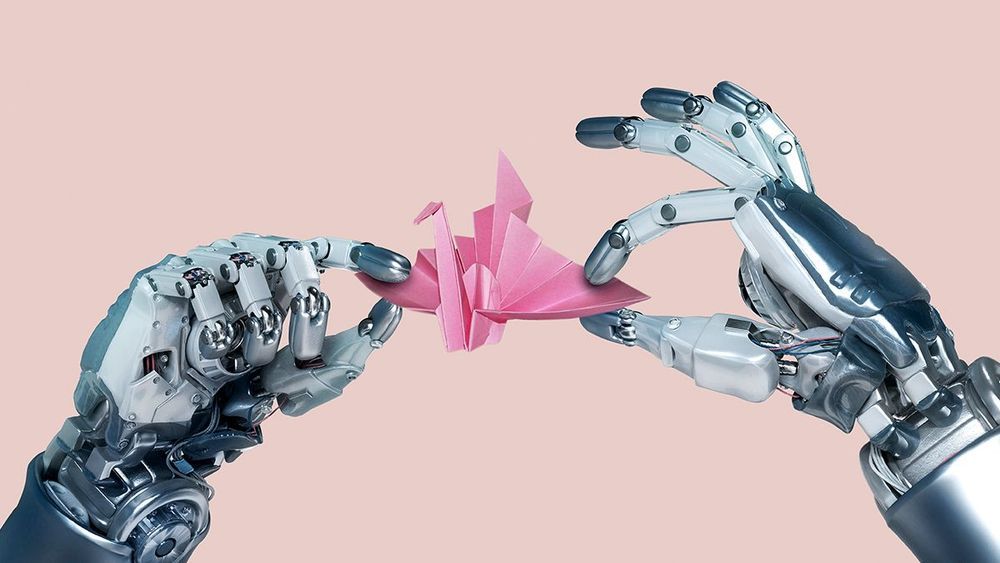
The jobs that are likely to be automated are repetitive and routine. They range from reading X-rays (human radiologists may soon have much more limited roles), to truck driving, to stocking a warehouse. While much has been written about the sorts of jobs that are likely to be eliminated, another perspective that has not been examined in as much detail is to ask not which jobs will be eliminated but rather which aspects of surviving jobs will be replaced by machines.
The future of work looks grim for many people. A recent study estimated that 10% of U.S. jobs would be automated this year, and another estimates that close to half of all U.S. jobs may be automated in the next decade. The jobs that are likely to be automated are repetitive and routine. They range from reading X-rays, to truck driving, to stocking a warehouse. In this context, employers say that they’re seeking candidates who have other sorts of “soft skills,” such as being able to learn adaptively, to make good decisions, and to work well with others. These sought-after abilities, of course, fit perfectly with the sorts of things that people can do well, but are and will continue to be difficult to automate. All of this suggests that our educational systems should concentrate not simply on how people interact with technology (e.g., by teaching students to code), but also how they can do the things that technology will not be doing soon. These are the skills that are hardest to understand and systematize, and the skills that give — and will continue to give —humans an edge over robots.
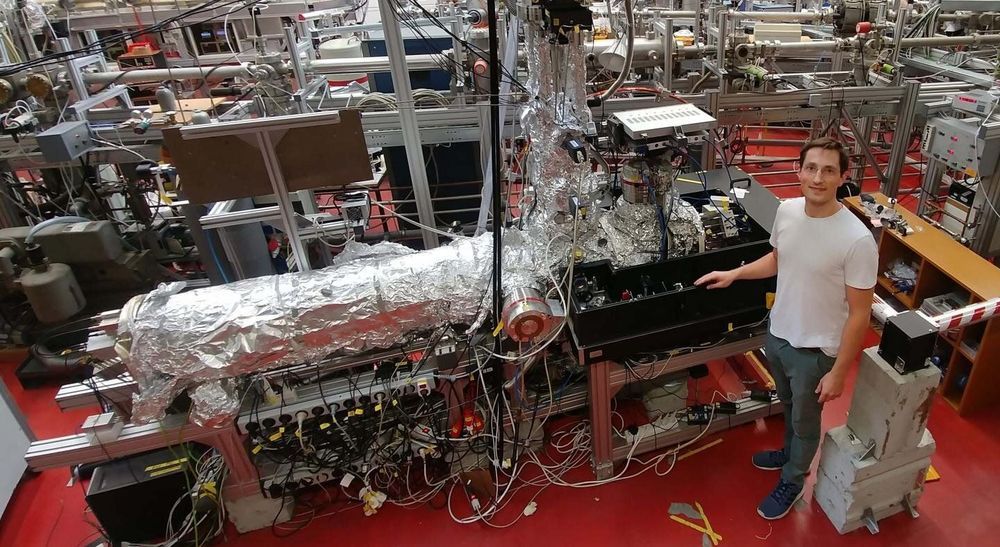
Albert Einstein received the Nobel Prize for explaining the photoelectric effect: in its most intuitive form, a single atom is irradiated with light. According to Einstein, light consists of particles (photons) that transfer only quantised energy to the electron of the atom. If the photon’s energy is sufficient, it knocks the electrons out of the atom. But what happens to the photon’s momentum in this process? Physicists at Goethe University are now able to answer this question. To do so, they developed and constructed a new spectrometer with previously unattainable resolution.
Doctoral student Alexander Hartung became a father twice during the construction of the apparatus. The device, which is three meters long and 2.5 meters high, contains approximately as many parts as an automobile. It sits in the experiment hall of the Physics building on Riedberg Campus, surrounded by an opaque, black tent inside which is an extremely high performing laser. Its photons collide with individual argon atoms in the apparatus, and thereby remove one electron from each of the atoms. The momentum of these electrons at the time of their appearance is measured with extreme precision in a long tube of the apparatus.
The device is a further development of the COLTRIMS principle that was invented in Frankfurt and has meanwhile spread across the world: it consists of ionising individual atoms, or breaking up molecules, and then precisely determining the momentum of the particles. However, the transfer of the photon momentum to electrons predicted by theoretic calculations is so tiny that it was previously not possible to measure it. And this is why Hartung built the “super COLTRIMS.”

Tesla has filed for a new patent on a design for a liquid-cooled charging connector, like the one used at its Supercharger stations.
With the advent of faster-charging electric vehicles, charging station manufacturers need to develop higher-powered DC fast charger and those machines generate more heat that needs to be dissipated.
When introducing its new V3 Supercharger, Tesla fixed this issue for the cable with a new “significantly lighter, more flexible, and more efficient” liquid-cooled cable than their previous air-cooled cable found on the V2 Superchargers.

PricewaterhouseCoopers, the large accounting and management consulting firm, released a startling report indicating that workers will be highly impacted by the fast-growing rise of artificial intelligence, robots and related technologies.
Banking and financial services employees, factory workers and office staff will seemingly face the loss of their jobs—or need to find a way to reinvent themselves in this brave new world.
The term “artificial intelligence” is loosely used to describe the ability of a machine to mimic human behavior. AI includes well-known applications, such as Siri, GPS, Spotify, self-driving vehicles and the larger-than-life robots made by Boston Robotics that perform incredible feats.
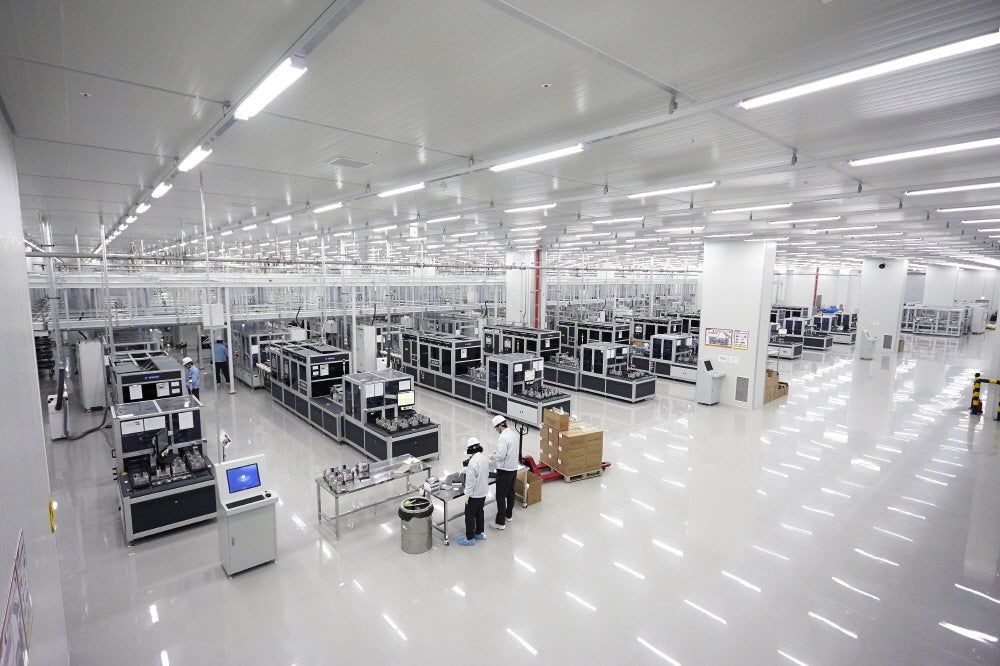
Hanwha Q Cells officially opened its 300,000 square foot solar panel factory in Dalton, Georgia last week, claiming it is the largest such manufacturing facility in the western hemisphere. The $200 million factory employs more than 650 workers and is capable of producing 12,000 solar panels a year — enough to generate 1.7 GW of electricity. Its standard production panel features six bus bars, has an efficiency of about 19%, and an output of up to 345 watts.
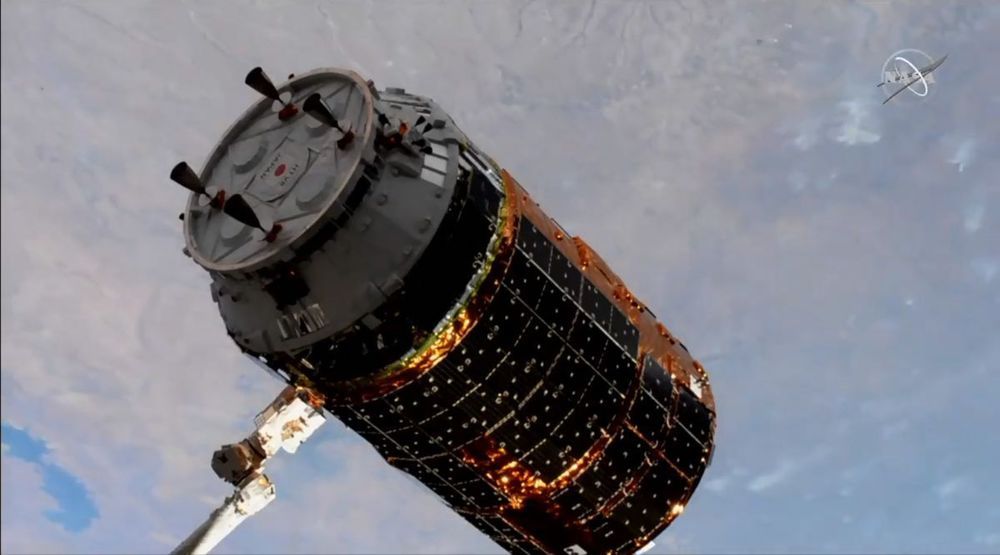
A robotic Japanese cargo ship successfully arrived at the International Space Station Saturday (Sept. 28) carrying more than 4 tons of supplies, including new batteries for the outpost’s solar power grid.
The Japan Aerospace Exploration Agency’s (JAXA) HTV-8 cargo ship pulled up to the space station at 7:12 a.m. EDT (1112 GMT), where it was captured by a robotic arm wielded by NASA astronaut Christina Koch inside the orbiting lab. The station and HTV-8, also known as Kounotori 8 (Kounotori means “white stork” in Japanese), were soaring 262 miles (422 kilometers) over Angola in southern Africa at the time.
“What you all have done is a testament to what we can accomplish when international teams work together towards a common goal,” Koch radioed to NASA’s Mission Control in Houston and flight controllers at JAXA’s Tsukuba Space Center in Japan. “We’re honored to have Kounotori on board, and look forward to a successful and productive mission together.”

This evening, SpaceX CEO Elon Musk will give an update on the design and future of his company’s next-generation rocket, Starship, a massive vehicle that is meant to take people to the Moon, Mars, and beyond. The concept for Starship has evolved in numerous ways over the last few years, and now Musk plans to reveal the vehicle’s latest blueprints.
Musk is giving an hour-long presentation on the rocket at SpaceX’s test facility in Boca Chica, Texas, a tiny town just north of the Mexican border. SpaceX has been building lots of test hardware for Starship at the site, and the CEO will likely be surrounded by this shiny material during his talk. As you watch, keep an eye out for a large Starship test vehicle that’s meant to perform high-altitude test flights in the months ahead.
It’s unclear exactly what Musk will discuss. He mentioned on Twitter that this talk is “mostly a design update for those interested,” though he might touch on the longer-term plans for Starship, as well. The discussion will get underway at 8PM ET; here’s what you need to know before the show.